Arte Cocoa Butter Colouring: The Professional's Secret to Excellent Colour Mastery
Colour is not just an accent, it's a powerful medium that can transform a simple dessert into a captivating work of art.
3 min read
Feb 3, 2023 1:16:05 PM
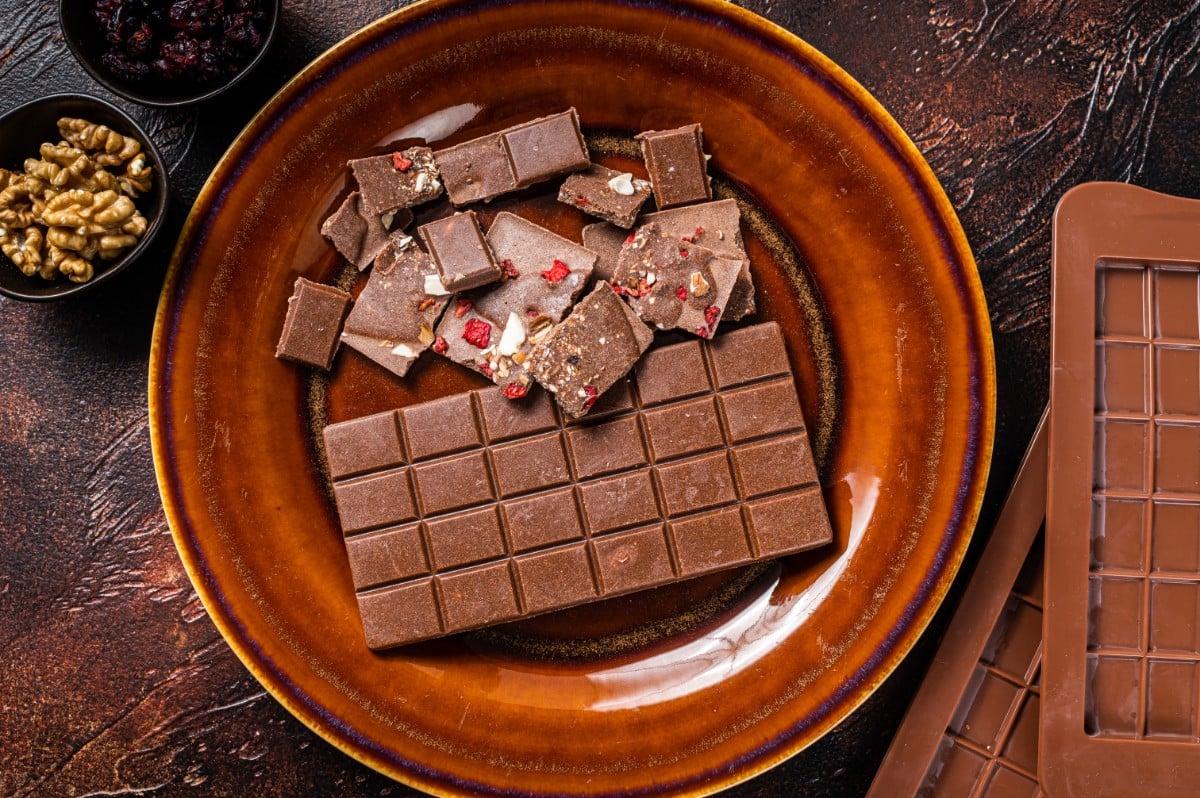
For a long time, we have been made to think that if you are looking for chocolate with high quality, then dark chocolate is the one you are looking for. We are here to say that this is not true! High-quality milk chocolate can offer you a lot of the nuances you would expect from dark chocolate, if not more.
Whether you are looking for milk chocolate to indulge on, or if you want to know what kind of milk chocolate you should look for to create premium products in your business, then read on.
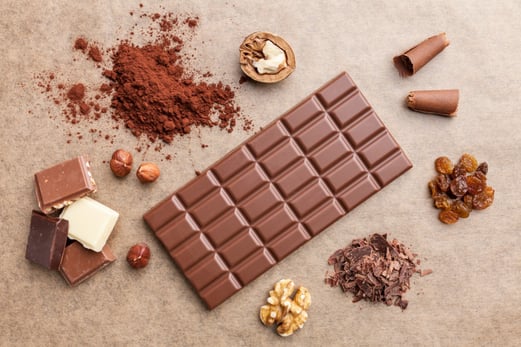
By definition, milk chocolate is a type of chocolate that contains cocoa solids, sugar, powdered milk, and other ingredients like emulsifier and vanilla. In European countries, milk chocolate is required to contain no less than 4.5% milk fat, but the regulation may vary between countries.
Read more: What is the best chocolate to cream ratio for making a ganache?
If you are looking for high-quality milk chocolate, here are 5 characteristics you should look for.
High-quality milk chocolate should have a smooth and shiny appearance with no blemishes. White or greyish blemishes mean that the chocolate has bloomed. While this does not mean the chocolate has spoiled, it could indicate improper handling or storage.
It’s also important to see if the chocolate has an even color throughout its surface and that there are no air bubbles. Uneven coloring and bubbling could mean that the chocolate wasn’t processed or tempered properly.
When you break a piece of the chocolate, you should hear a crisp, clear “snap” sound. This indicates that the chocolate has been tempered properly.
While milk and white chocolate tend to bend because they have more sugar and milk than dark chocolate does, you should be able to tell the difference between that and lower-quality chocolate: chocolate that is not processed or tempered correctly will have a dull sound when broken, or just simply crumbles when you break it.
Rub a piece of the chocolate with your thumb to release its aroma. Notice what aroma you are sensing. Burnt, moldy, or other unpleasant smells could mean improper processing, while weird aromas, such as spicy or smoky indicate the chocolate wasn’t stored properly. After all, chocolate easily absorbs aroma (and flavour) from its surrounding.
Read more: How to Make Chocolate Ganache Without Cream?
High-quality milk chocolate made with real cocoa butter should have a smooth mouthfeel. It also melts easily in your mouth but doesn’t melt too easily in your hands. A gritty or waxy texture often means the chocolate is of lower quality.
You may have come across some milk chocolate in supermarkets near you that are either bland or taste very sweet. This is why at Embassy Chocolate, we have designed our milk chocolate product Embassy Azalea Milk Couverture Chocolate 34%, to have all the complex characteristics of cocoa which combine harmoniously with the creaminess of the milk and slight honeycomb sweetness.
Read more: Getting to Know 5 Types of Cake Icing
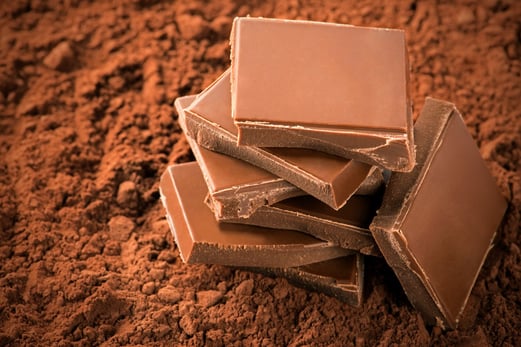
Milk chocolate is the most popular type of chocolate for a reason. It is used in many desserts, confections, and pastries.
Here are several ways to use high-quality milk chocolate in your creations.
One of our favorite recipes for milk chocolate is the Gianduja Paris Brest. Milk chocolate pairs perfectly with nuts, and there’s no better way to enjoy it than in the classic French pastry, the Paris brest. We used the Embassy Azalea Milk Couverture Chocolate 34% in our mousseline, which, combined with hazelnut paste, creates a lovely, silky filling to complement the crunch of the choux. Click here for the full recipe.
Milk chocolate pairs well with a lot of flavors, from prominent flavors like mocha to mild and elegant flavors like red tea with berries. In our Milk Chocolate Mocha Cake, our chefs made the buttercream with our Embassy Azalea Milk Couverture Chocolate 34%, while in the Berry Compote & Red Tea Mousse Tart recipe, the milk chocolate is incorporated into the red tea mousse to create a creamy, delicate mousse tart.
Who says you can only use milk chocolate on its own? Milk chocolate can also be used to add flavor dimensions when combined with other types of chocolate.
The Chocolate Mousse with Coffee Jelly verrine comprises 4 different components, with each component containing different types of chocolate. The Oceanic Dark Couverture 65% in the chocolate coffee cremeux, Zen White Chocolate 33% in the white chocolate coffee mousse, and the Azalea Milk Couverture 34% in the milk chocolate chantilly, all combined together to create an explosion of flavors in every bite.
Meanwhile, in the Triple Textured Chocolate Verrine, we combined the Azalea Milk Couverture 34% and the Oceanic Dark Couverture 65% in the chocolate chantilly to create a dark milk chocolate flavor.
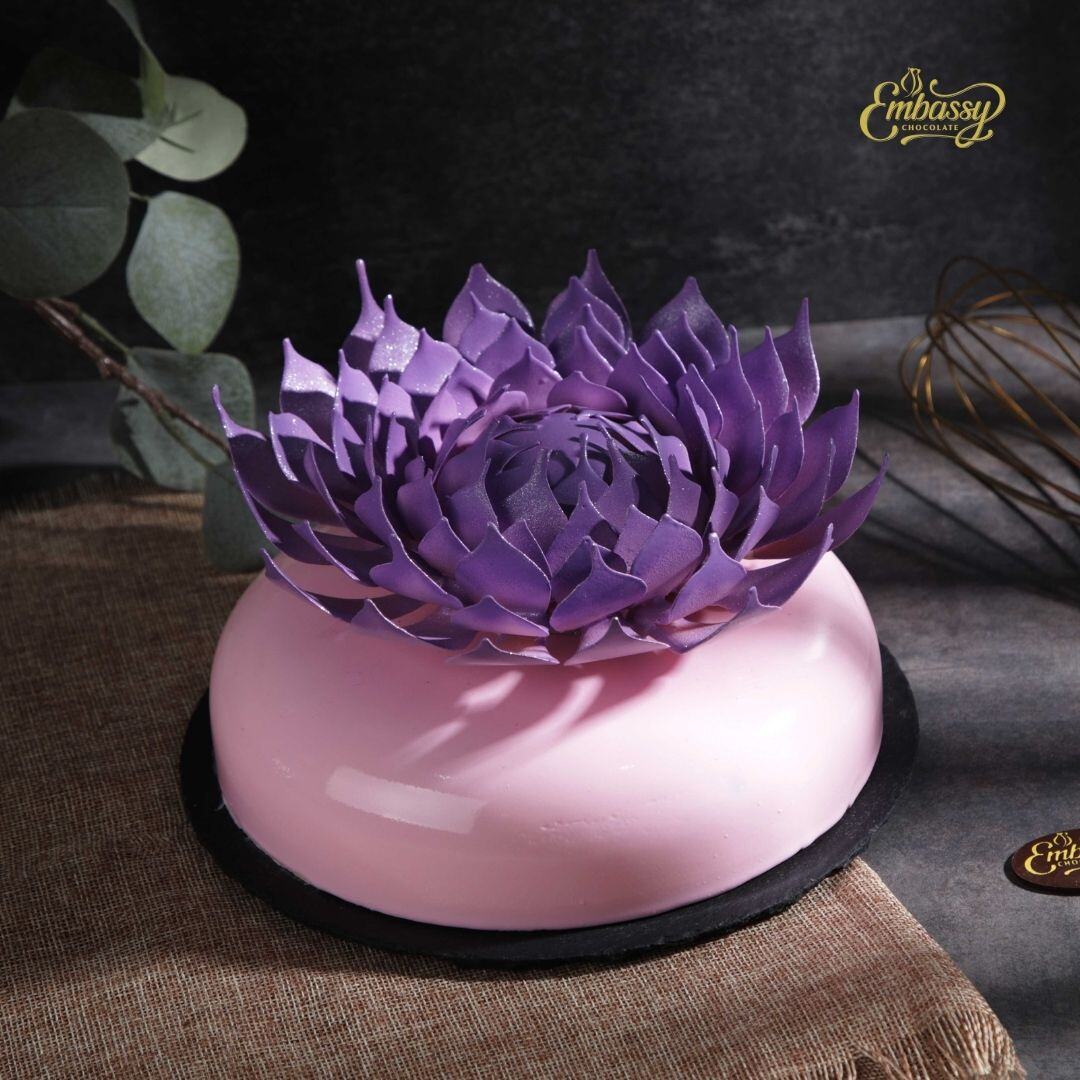
Colour is not just an accent, it's a powerful medium that can transform a simple dessert into a captivating work of art.
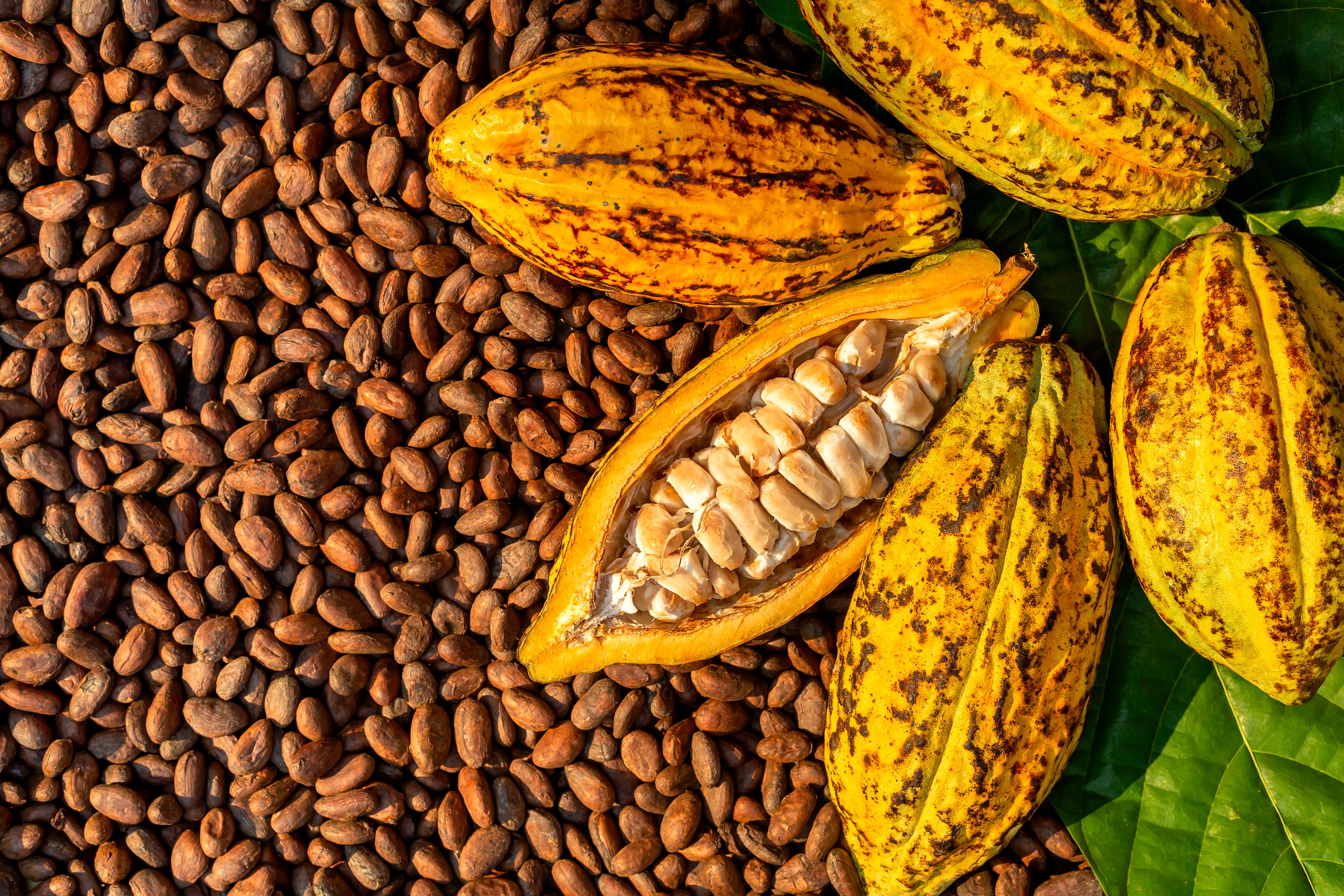
Chocolate, a beloved treat enjoyed by millions worldwide, is facing a bitter truth: the steady rise in cocoa bean prices due to disease outbreaks and...
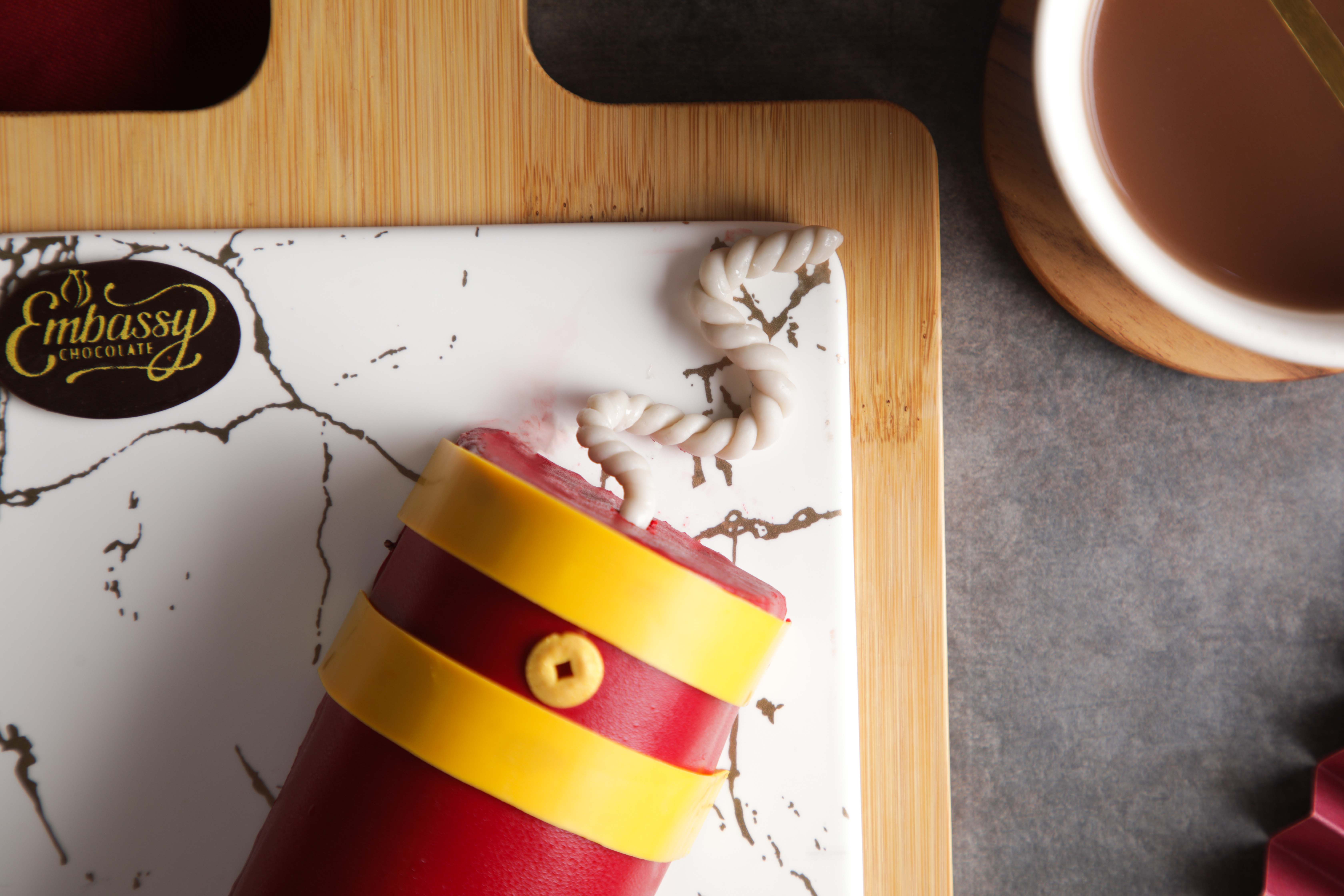
Set the Lunar New Year ablaze with our Firecracker Chocolate Roll Cake! Experience layers of rich chocolate with a hint of fiery excitement,...